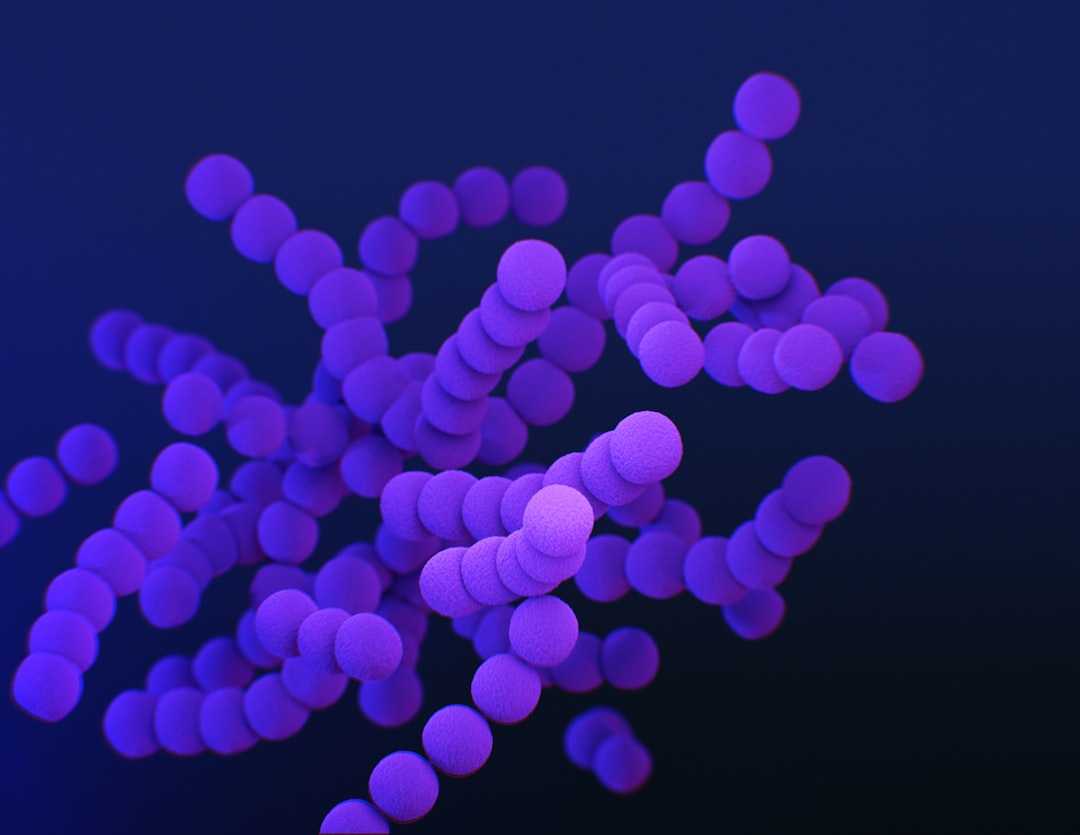What is it about?
Recent scientific studies have revealed that the way a cell interacts with its surrounding environment is extremely important in controlling its functions and behavior. It has been known for some time that cells can change the properties of their surroundings to better suit their needs, while the properties of the environment also affect the cell's fate. However, these interactions have mainly been almost exclusively observed in biological matrices, e.g., collagen and fibrin, due to their unique non-linear mechanics and fibrous structure. Despite their known importance, we still don't fully understand how these interactions between cells and their environment are regulated. There are two main reasons for this: first, there is a lack of materials that can replicate the biological environment with precise and adjustable properties. Second, there is a need for better methods and techniques to study cell-matrix interactions at the relevant length and time scales.
Featured Image

Photo by National Cancer Institute on Unsplash
Why is it important?
To replicate and manipulate the interactions between cells and their surrounding matrix. By doing so, we obtained a comprehensive understanding of the interplay between cellular traction forces, fiber remodeling, matrix stiffening, matrix properties, and cellular behavior. Furthermore, we developed a toolbox that includes various microscopic methods and customized analysis, freely available to other researchers, which provides unique insight into the interactions between cells and their matrix. Our findings reveal the potential of our toolbox, as we evaluated the importance of non-linear mechanics and fibrous architecture in regulating cell-matrix interactions. The results demonstrated here provide indispensable information for the rational design of biomimetic materials that are able to recreate the natural cellular microenvironment. We foresee that the knowledge acquired using our approach will impact the development of 3D cellular systems and tissue engineering, underlying much better understood and optimized cell-matrix interactions.
Read the Original
This page is a summary of: Synthetic fibrous hydrogels as a platform to decipher cell–matrix mechanical interactions, Proceedings of the National Academy of Sciences, April 2023, Proceedings of the National Academy of Sciences,
DOI: 10.1073/pnas.2216934120.
You can read the full text:
Contributors
The following have contributed to this page










